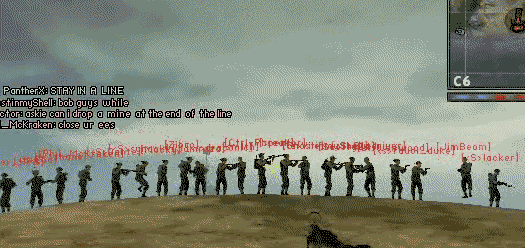| greenmedic88 said: PS3 developers have already resorted to some interesting techniques to produce 1080p visuals. However, none of them (barring relatively low overhead games like Virtua Tennis) do so by conventional means. Wipeout HD is 1080p. It dynamically scales resolution down depending upon the level of on screen action, but the default is 1080p. It's an odd display solution that hasn't even been seen on PC (no point really since any decent video card can display most games at 1920x1080 at a playable frame rate). GT5P plays at a native 1080 progressive vertical lines of resolution. It uses non-square pixels, stretching the horizontal resolution out to the equivalent of 1920. Again, an odd, yet different display solution from Wipeout, but the end result is visuals that are virtually indistinguishable from a 1920x1080 native rendered signal. No pixel stepping, no edge distortion, etc. And of course, MGS4 was simply upscaled from its native resolution to output at 1920x1080 (again resorting to non-square pixels as the native resolution was not a 16:9 aspect ratio resolution). The end result could have looked sharper (and would have at a native 1920x1080), but it still remains one of the best looking games of the 2008, which is really saying one of the best games to date, regardless of platform. |
so not 1080p, is what you are admitting, they only look good close to 1080p, but again not native 1080....
and dynamic scaling of resolution is avalible for osx, apps can be rendered at different resolutions on the same screen as your main ui, there was a pretty cool pattent right up on independent dynamic reolution for apps, not quite sure why they developed it, but nice to know its there.
come play minecraft @ mcg.hansrotech.com
minecraft name: hansrotec
XBL name: Goddog





















































